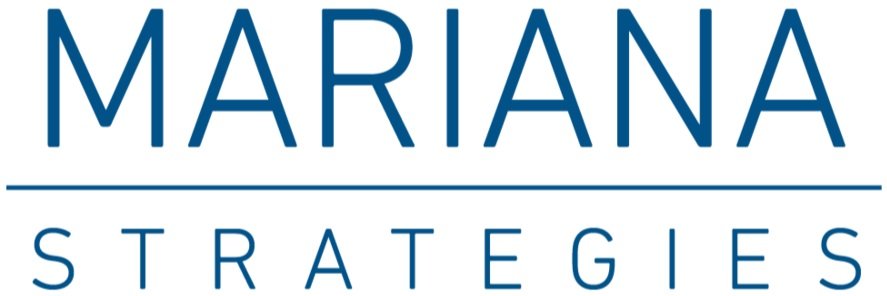Reporting Harmful Behavior as a Manager: FAQs
-
Managers, supervisors, and leaders have an obligation to report discrimination (i.e., harassment) or retaliation that they observe or are made aware of. This is to ensure that there is an appropriate organizational response that includes an investigation and any necessary corrective action.
Your employee handbook or human resources department will tell you to whom you must report these violations, but it is likely that you will be required to report information to human resources for investigation.
-
You can always start by saying, “Thank you for coming to me.” You should also know to whom you will report the complaint. You should give the complainant a copy of a complaint reporting form and explain what the next steps are, including sharing the report with human resources so an inquiry or investigation can be completed.
The information that should be collected from the individual reporting harassing behavior includes:
The behavior that is being reported (in the reporter’s words);
What prompted the person to come forward;
How long the behavior has occurred; and,
How the behavior is impacting them, and whether they can comfortably return to work.
Explain that you will be discreet with sensitive information. Ask them if they need support to complete the report. Depending on the severity of the situation, they may need additional personal support.
-
Report it anyway. Behaviors that might violate the prohibition on harmful conduct should be reported. Any report of harmful behavior should be investigated promptly, thoroughly, and impartially, and if the behavior is found to be a violation of your internal rules on prohibited conduct, appropriate corrective action should follow.
-
No. If you have observed the harassing or retaliatory conduct, then report what you have observed. If someone else makes you aware of conduct that sounds like it meets the definition of harassment or retaliation, report it. The organization is obligated to promptly, thoroughly, and impartially investigate the conduct; and if the behavior violates internal prohibitions on harmful conduct, then the organization must enforce corrective action that is proportionate and designed to ensure that harmful behaviors do not continue.
-
While it depends on the structure of your organization, you are likely not the person responsible for conducting the investigation or for implementing corrective action, but you should know what both of those concepts mean.
An investigation is an inquiry into the facts of a situation. This usually means people who have knowledge of a situation are asked questions, or asked to share documents, emails, records that shed light on a situation. An appropriate investigation is done promptly, and without delay. It is done thoroughly, finding what's relevant to answer the question of whether a violation occurred. It is done impartially, without favor to anyone involved. It is also done discreetly - keeping information confidential to the extent possible, and without gossip or sharing unnecessary details.
Appropriate corrective action is action taken to ensure that harmful behavior stops and ensures that it does not happen again. Corrective action should be proportionate to the violation, and a variety of factors should be considered in the determination.
While an investigation and corrective action are not your responsibility, you may be asked what will happen if a report is made to human resources, so you should be able to talk it through with the person reporting it to you.
-
If the person harassing an employee is a customer, vendor, contractor, intern, coalition member, attendee at a work event with non-employees, or other person directly engaging because of the employee's work, then the organization has an obligation to address and prevent it.
-
If the person is providing work for the organization - as contractors, subcontractors, vendors, interns, consultants, gig workers, temporary workers, cleaning or repair workers, or any other services - they should not experience harassment in the workplace and such behavior needs to be addressed.
Disclaimer
The information provided on this website does not, and is not intended to, constitute legal advice; instead, all information, content, and materials available on this site are for general informational purposes only. Information on this website may not constitute the most up-to-date legal or other information.
Readers of this website should contact their attorney to obtain advice with respect to any particular legal matter. No reader, user, or browser of this site should act or refrain from acting on the basis of information on this site without first seeking legal advice from counsel in the relevant jurisdiction. Only your individual attorney can provide assurances that the information contained herein – and your interpretation of it – is applicable or appropriate to your particular situation. Use of, and access to, this website or any of the links or resources contained within the site do not create an attorney-client relationship between the reader, user, or browser and website authors.
All liability with respect to actions taken or not taken based on the contents of this site are hereby expressly disclaimed. The content on this posting is provided "as is;" no representations are made that the content is error-free.

